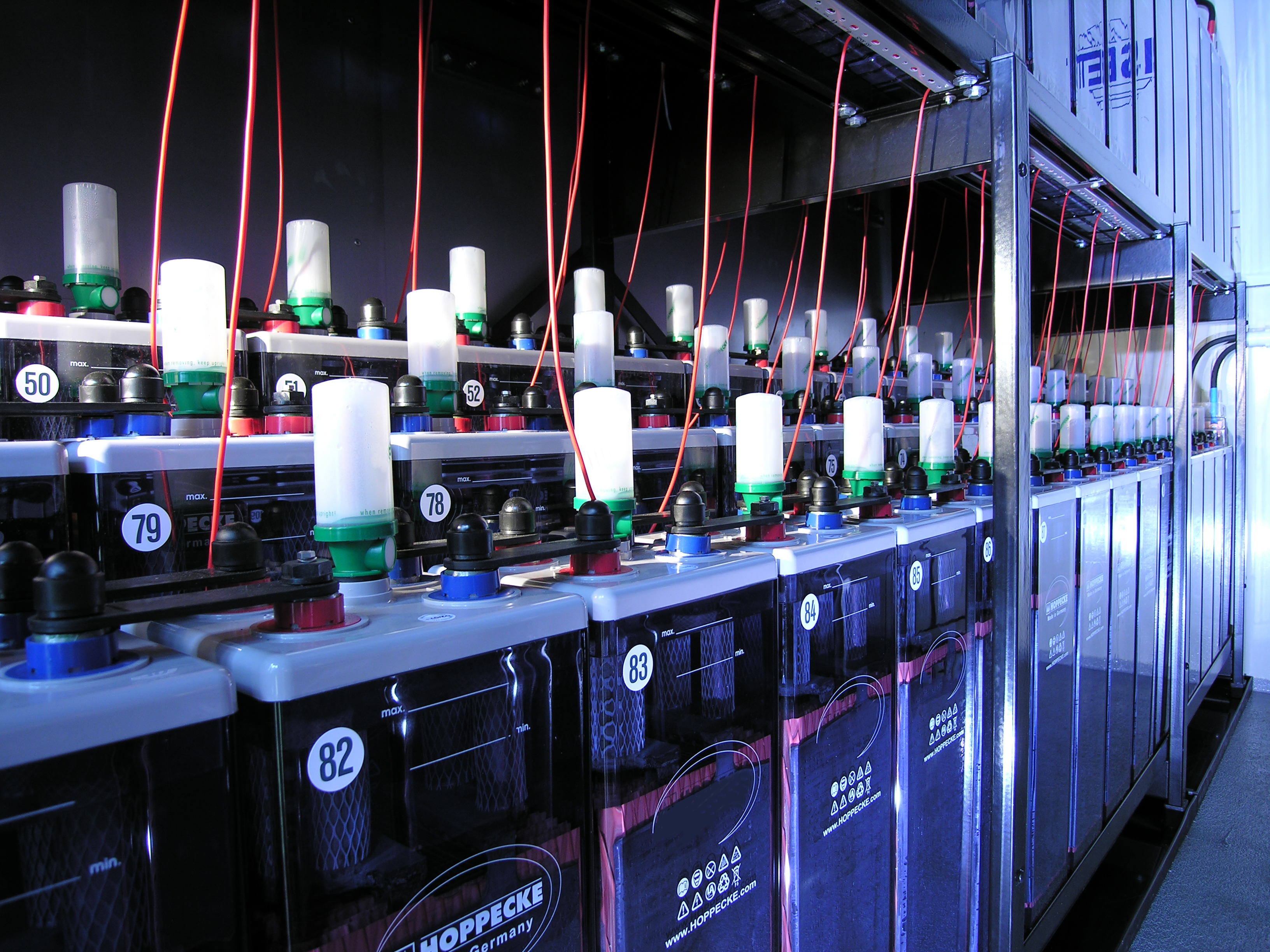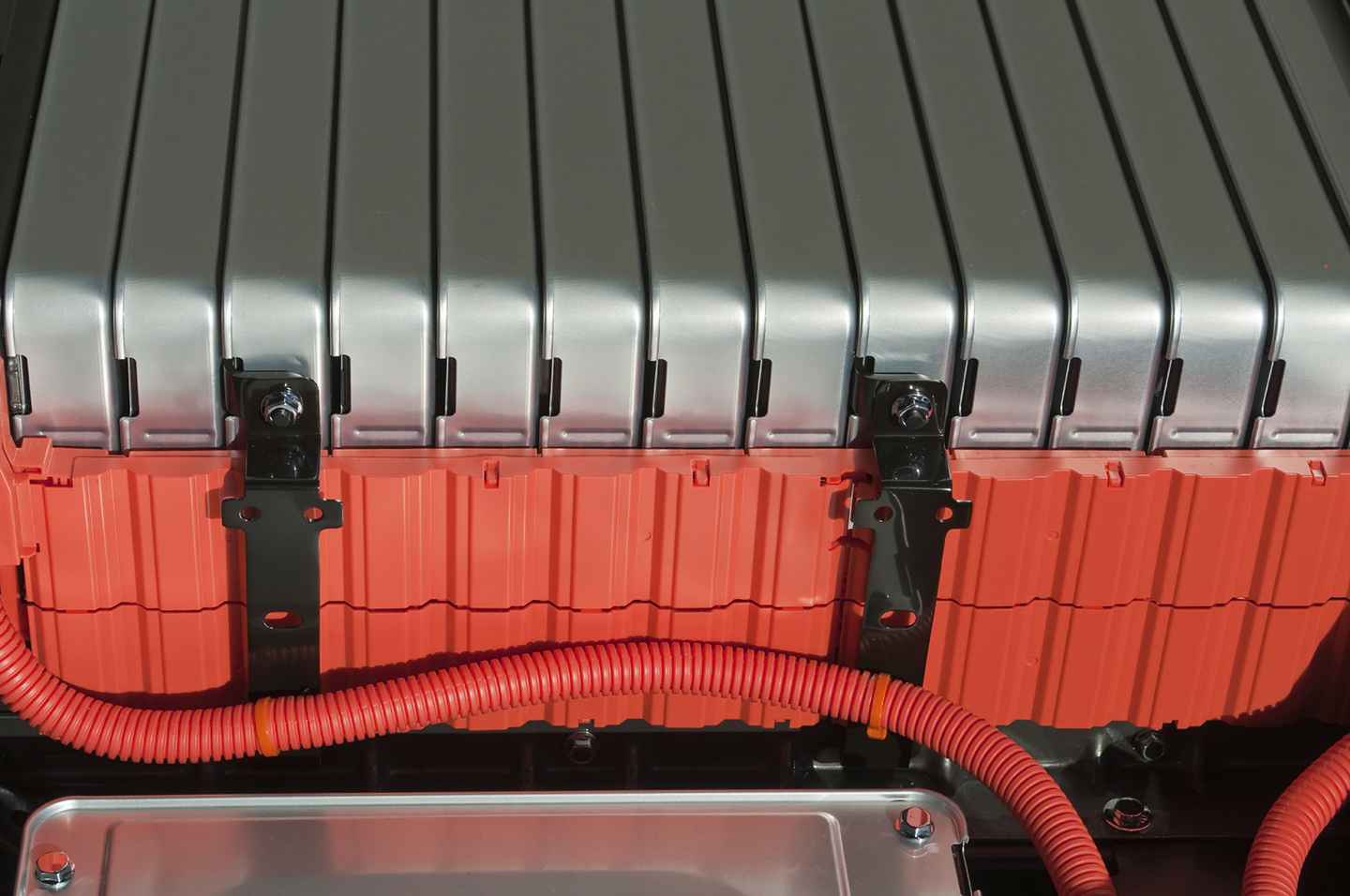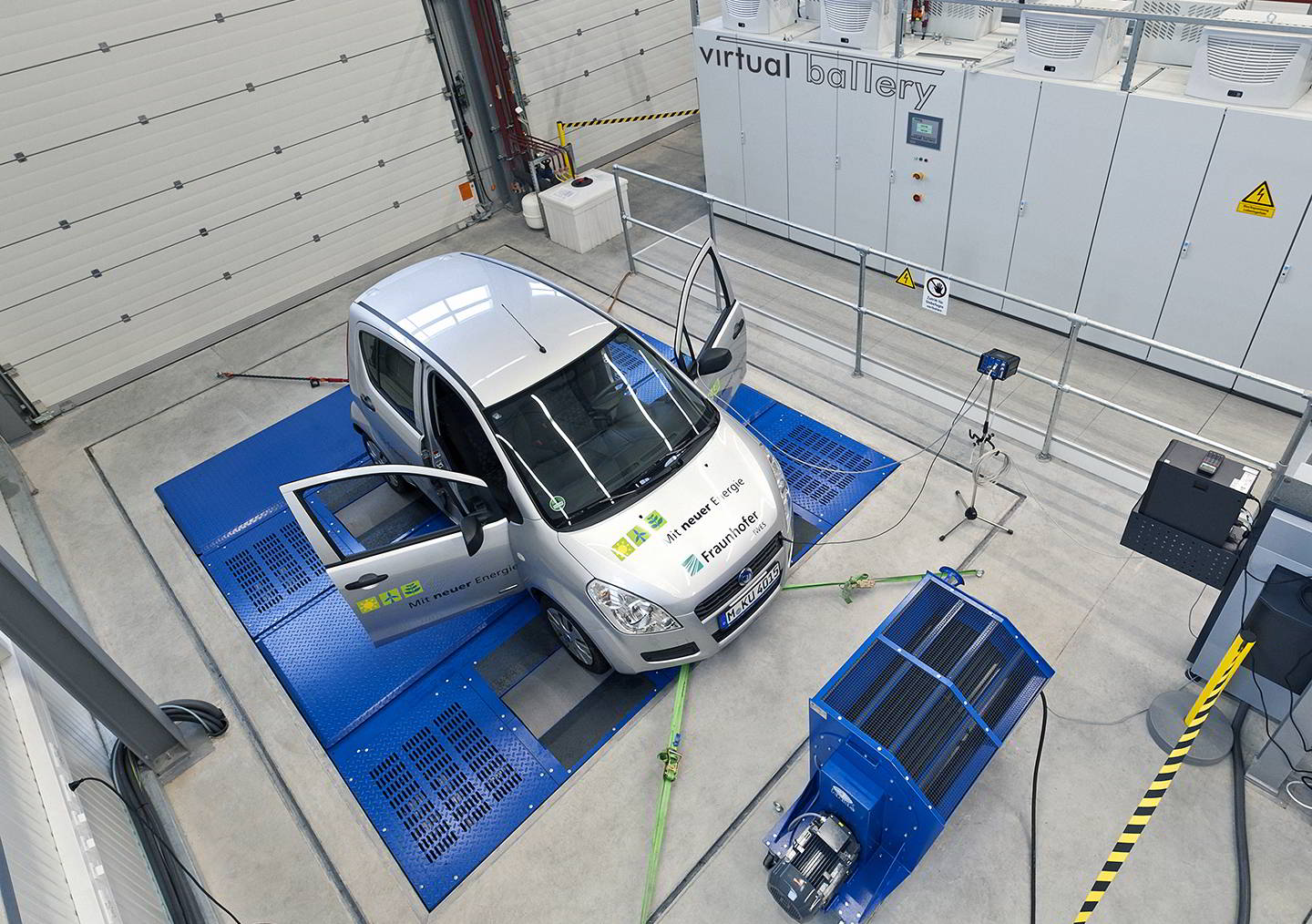Simulation models for Lead-Acid or Lithium-Ion batteries can be implemented in different ways depending on the modeling approach. They are based on equations and systems of equations.
A simulation model for batteries possesses input parameters (e. g., current and ambient temperature) and output parameters (e. g., voltage) which are calculated based on the underlying equations and on the present state of the battery (e. g., SOC).
Furthermore, model parameters are necessary that differ for the specific batteries. For several modeling approaches parameters can be stored in the form of characteristics to update these during the simulation, e. g., according to the temperature. Other models perform physical processes.
A model is always a simplified picture of reality, since the exact description of reality is often too complex. In principle, the initial difficulty in battery simulation is to choose the correct modeling approach for the specific issue and the acceptable model simplifications.
In doing so, in particular for application in the industry, there must be an appropriate ratio between cost and benefit. After choosing an appropriate modeling approach, challenging issues are the model development, the implementation and the parametrization.


